
Pandanus tectorius
(MRP Inclusive of all taxes)
- Shipping ₹79 for entire order
- Dispatch in 7 days
- Country of origin: India

(MRP Inclusive of all taxes)
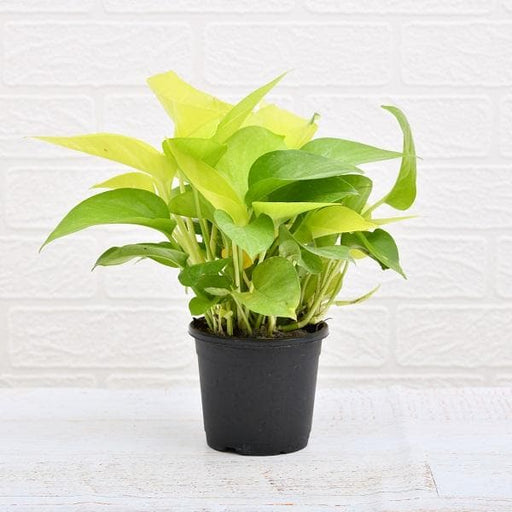 Save 29%
Save 29%
Air Purifier Money Plant with Pot The Air Purifier Money Plant, also known as Pothos or Epipremnum aureum, is a stunning indoor plant that...
View full details
 Save up to 15%
Save up to 15%
Peace Lily, Spathiphyllum - Plant The Peace Lily, scientifically known as Spathiphyllum, is a stunning houseplant celebrated for its elegant white...
View full details
 Save 25%
Save 25%
Jasminum sambac, Mogra, Arabian Jasmine - Plant Jasminum sambac, commonly known as Mogra or Arabian Jasmine, is a fragrant flowering plant...
View full details
 Save 18%
Save 18%
Combo Constituents Includes the Parijat Tree (Night-Flowering Jasmine), a culturally significant plant with fragrant flowers. Description The Pari...
View full details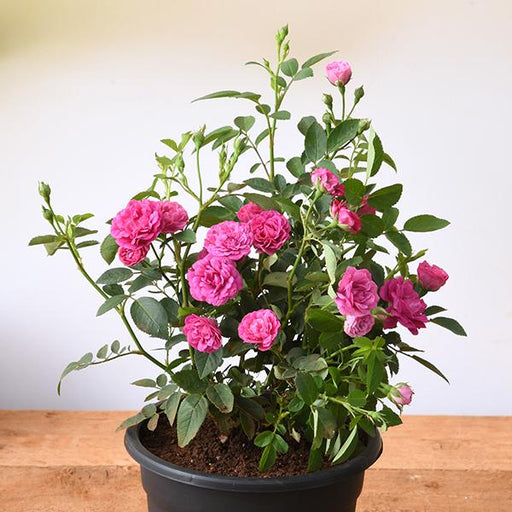
 Save 25%
Save 25%
Miniature Rose, Button Rose (Any Color) - Plant The Miniature Rose, also known as the Button Rose, is a charming and compact flowering plant that ...
View full details Save 25%
Save 25%
Damascus Rose, Scented Rose (Any Color) - Plant The Damascus Rose, also known as Rosa damascena, is a timeless symbol of beauty and romanc...
View full details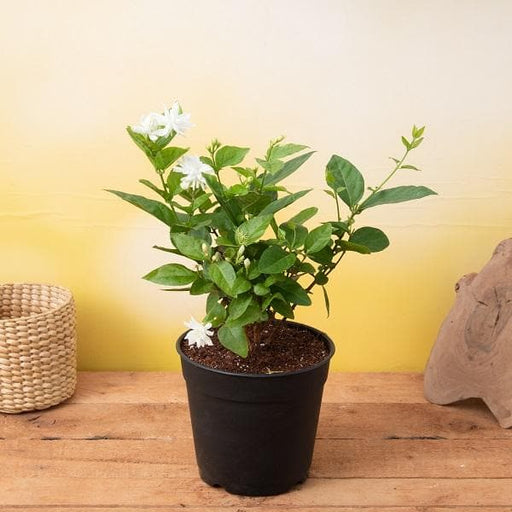
 Save 17%
Save 17%
Beautiful Fragrant Mogra, Arabian Jasmine Plant with Pot The Beautiful Fragrant Mogra, also known as Arabian Jasmine (Jasminum sambac), is...
View full details Save 15%
Save 15%
Pack of Vermicompost and Neem Cake for House Plants Transform your indoor garden with our premium Pack of Vermicompost and Neem Cake, spec...
View full details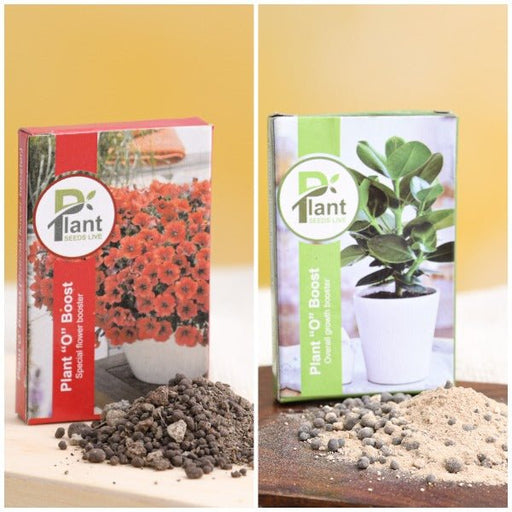
Pack of Plant Growth and Flower Boosters Unlock the full potential of your garden with our Pack of Plant Growth and Flower Boosters! This ...
View full details Save 38%
Save 38%
Combo of Jeevamrut and Neem Raksha for Easy Growth and Protection of Houseplants Transform your indoor garden with our exclusive combo of ...
View full details Save 22%
Save 22%
Plant Nutrients Kit (Pack of 16) for a Healthy Garden Transform your garden into a lush paradise with our Plant Nutrients Kit, featuring 1...
View full details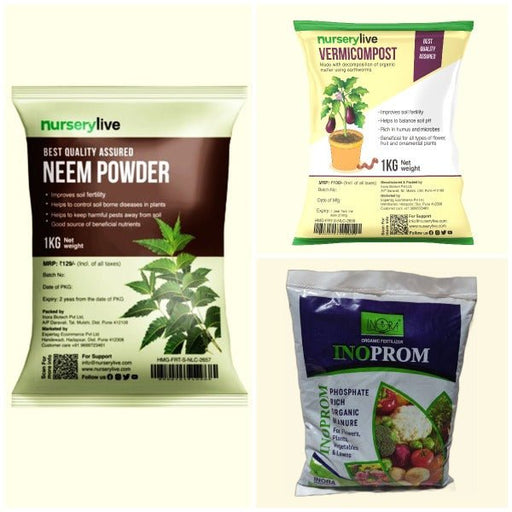 Save 16%
Save 16%
Combo of Top Plant Fertilizers Elevate your gardening game with our exclusive Combo of Top Plant Fertilizers, featuring two bags of premiu...
View full details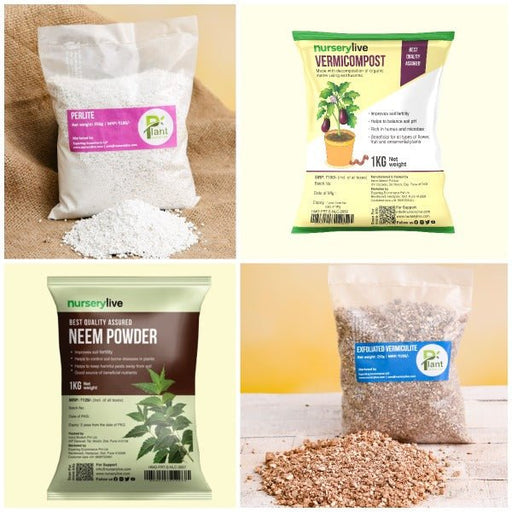 Save 24%
Save 24%
Pack of 4 Additives to Make Soil Healthy and Nutrient Rich Transform your garden into a thriving ecosystem with our Pack of 4 Additives de...
View full details Save 30%
Save 30%
Transform your gardening experience with our premium Combo of Perlite and Vermiculite. This unique blend is designed to enhance soil aeration and ...
View full details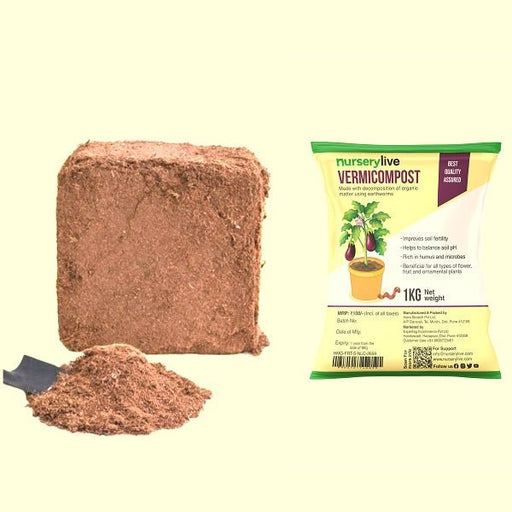 Save 27%
Save 27%
Combo of 2 Vermicompost and Cocopeat - Enrich Your Soil Naturally! Transform your garden into a thriving ecosystem with our Combo of 2 Ver...
View full details
 Save 35%
Save 35%
Best 6 Plants for Perfect Indoor Garden Transform your living space into a lush oasis with our curated collection of the Best 6 Plants for a...
View full details
 Save up to 50%
Save up to 50%
Mini Succulent Garden Pack Transform your space with our Mini Succulent Garden Pack, featuring a delightful collection of 4 any variety beautiful s...
View full details
 Save 30%
Save 30%
5 Best Fragrant Plants Transform your garden or indoor space into a fragrant paradise with our curated selection of the 5 Best Fragrant Plants. Th...
View full details
 Save 24%
Save 24%
Set of 2 Bonsai Looking Grafted Adeniums Transform your indoor or outdoor space with our exquisite Set of 2 Bonsai Looking Grafted Adenium...
View full details Save 45%
Save 45%
Top 4 Die Hard Succulents Pack Transform your indoor or outdoor space with our Top 4 Die Hard Succulents Pack, featuring a curated selecti...
View full details
 Save 30%
Save 30%
5 Best Indoor Plants Pack Transform your living space into a lush oasis with our '5 Best Indoor Plants Pack.' This carefully curated collection fe...
View full details
 Save 25%
Save 25%
Set of 4 Evergreen Air Purifier Plant Pack Transform your indoor space into a lush, green oasis with our Set of 4 Evergreen Air Purifier Pla...
View full details| SrNo | Item Name | Qty |
|---|---|---|
| 2 | Pandanus tectorius Plant | 1 |
Pandanus tectorius, commonly known as the screw pine, is a tropical plant native to coastal regions of the Pacific and Indian Oceans. This unique plant features long, narrow leaves that grow in a spiral pattern, giving it a distinctive appearance. The leaves are often used in traditional cooking and crafts, while the plant itself can reach heights of up to 10 meters. Its striking form and adaptability make it a popular choice for landscaping in tropical and subtropical regions.
Pandanus tectorius is revered not only for its aesthetic appeal but also for its cultural significance in many Pacific Island communities. The leaves are used in traditional weaving, while the fruit is edible and often enjoyed fresh or in desserts. Its ability to thrive in sandy soils and withstand salt spray makes it an essential plant for coastal erosion control, contributing positively to the environment.
This plant is known for its unique aerial roots that help stabilize it in sandy soils, making it resilient against strong winds and storms. Additionally, the aromatic leaves contain essential oils that are used in culinary applications, providing a distinct flavor to various dishes. The plant's versatility extends to its use in traditional medicine, where it is believed to have various health benefits.
Ah, the versatile Pandanus tectorius! This tree is not just a pretty face; it’s a multitasker in the plant world. From its leaves, you can weave baskets that would make even the most seasoned artisan jealous, to its fruit, which is a tropical treat that could make a pineapple blush. Whether you’re crafting a hat for a beach day or whipping up a unique dish, this tree has got your back. Talk about a tree that knows how to party!
a tropical paradise where the sun kisses the ocean, and the Pandanus tectorius stands tall, soaking it all in. This tree thrives in coastal areas, often found in sandy soils and near the beach. It’s like the ultimate beach bum, loving the salty air and the sound of waves crashing. If you’re looking for a tree that enjoys a good tan, this is it. Just don’t forget the sunscreen!
The benefits of the Pandanus tectorius are as plentiful as its leaves! Not only does it provide shade on a hot day, but it also offers a bounty of resources. Its leaves are used for traditional crafts, while its fruit is a delicious snack. Plus, it plays a role in preventing soil erosion, making it the eco-warrior of the plant kingdom. Who knew a tree could be so generous?
Cultivating a Pandanus tectorius is like hosting a tropical garden party. This tree loves warm climates and well-drained soil, so make sure to roll out the red carpet for it. It’s relatively low-maintenance, requiring just a bit of water and sunlight to thrive. With a little patience, you’ll have a stunning specimen that will make your neighbors green with envy. Just remember, it’s not a tree for the faint of heart; it’s a tropical diva!
Want to spread the love of the Pandanus tectorius? Propagation is the name of the game! You can easily grow new trees from cuttings or by planting seeds. It’s like cloning your favorite plant without the sci-fi drama. Just ensure you give them the right conditions, and soon you’ll have a mini forest of these beauties. Who knew being a plant parent could be this fun?
The fruit of the Pandanus tectorius is a tropical delight that deserves a spotlight. Resembling a spiky pineapple, it’s not just a pretty face; it’s packed with flavor! The fruit can be eaten raw or cooked, and it’s often used in local dishes. If you’re looking to impress your friends with exotic fruits, this is your ticket. Just be prepared for them to ask where they can get one!
The leaves of the Pandanus tectorius are like nature’s gift to crafters. Long, sturdy, and oh-so-green, they can be woven into everything from mats to hats. It’s like having a DIY project right in your backyard! Plus, they’re often used in traditional cooking, adding a unique flavor to dishes. So, whether you’re crafting or cooking, these leaves are the ultimate sidekick.
The Pandanus tectorius is not your average tree; it’s a character! With its spiky crown and aerial roots, it looks like it’s ready for a costume party. This tree can grow up to 20 feet tall, making it a standout in any landscape. Its unique appearance and adaptability to coastal environments make it a favorite among gardeners and nature lovers alike. Who wouldn’t want a tree with such personality?
The Pandanus tectorius has woven itself into the cultural fabric of many tropical regions. From traditional crafts to culinary delights, this tree is a staple in local customs. It’s often featured in folklore and art, symbolizing resilience and community. So, next time you see one, remember it’s not just a tree; it’s a cultural icon with stories to tell!
The Pandanus tectorius is a wildlife haven, attracting all sorts of critters. Birds love to nest in its spiky branches, while insects find refuge among its leaves. It’s like a five-star hotel for the local fauna! By planting this tree, you’re not just beautifying your space; you’re creating a thriving ecosystem. Who knew a tree could be such a generous host?
If you’re looking to spice up your garden, the Pandanus tectorius is your go-to plant. Its dramatic appearance and tropical vibe can transform any landscape into a paradise. Whether used as a focal point or a backdrop, this tree adds flair and character. Just imagine your friends’ faces when they see your tropical oasis—priceless! So, roll up your sleeves and get ready to landscape like a pro.
Pandanus tectorius, also known as the screw pine, is a tropical plant that loves sandy beaches and coastal areas. With its spiky leaves and unique growth habit, it looks like nature's very own hairdo gone wild. This plant is not just a pretty face; it’s also a vital part of many ecosystems.
You’ll find Pandanus tectorius lounging in tropical regions, particularly in the Pacific Islands, Southeast Asia, and parts of Australia. It thrives in sandy soils and salty air, making it the ultimate beach bum of the plant world. Just imagine it sipping a coconut drink while swaying in the ocean breeze!
Pandanus tectorius is a multitasker! Its leaves are used for weaving mats and baskets, while the fruit is edible and often enjoyed in local cuisines. Some even use its leaves to add a fragrant twist to dishes. Talk about a plant that knows how to bring home the bacon—or in this case, the pandan!
Yes, indeed! The fruit of Pandanus tectorius is not only edible but also a tropical treat. It’s often enjoyed fresh or used in traditional dishes. Just be careful; it’s not a snack you can munch on like popcorn. You might need a recipe or two to truly appreciate its unique flavor!
Propagating Pandanus tectorius is as easy as pie—if pie were a tropical plant! You can do it through seeds or by taking cuttings from mature plants. Just plant them in well-draining soil, give them some love, and watch them grow. Soon, you’ll have your very own beachy paradise!
Caring for Pandanus tectorius is like giving a beach vacation to a plant. It loves bright sunlight, well-draining soil, and occasional watering. Just don’t drown it; it prefers to keep its roots dry. With a little TLC, it’ll thrive and bring a tropical vibe to your garden!
While Pandanus tectorius prefers the great outdoors, it can be a quirky indoor plant if you have enough space and light. Just remember, it’s not a fan of cramped quarters. If you can provide a sunny spot and room to grow, it might just become the life of your indoor party!
Pandanus tectorius can attract a few uninvited guests, like scale insects and mealybugs. These pests can be a nuisance, but don’t worry! A little neem oil or insecticidal soap can send them packing. Just keep an eye out, and your plant will remain the belle of the botanical ball!
Absolutely! Pandanus tectorius is like the ultimate beach lover, thriving in salty conditions. It’s perfectly adapted to coastal environments, making it a champion of resilience. So, if you’re looking for a plant that can handle a little saltwater splash, this is your go-to green friend!
Pandanus tectorius can live for several decades, making it a long-term companion in your garden. With proper care, it can thrive for 30 years or more. Think of it as the wise old sage of the plant world, offering wisdom and beauty for generations to come!
Yes, indeed! In various cultures, parts of Pandanus tectorius are used in traditional medicine for their potential health benefits. From treating ailments to promoting wellness, this plant has a history of being more than just a pretty face. It’s like the herbalist of the plant kingdom, ready to lend a leaf!